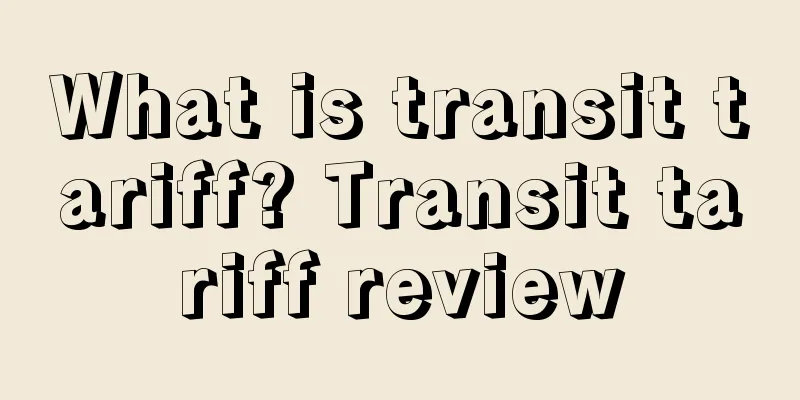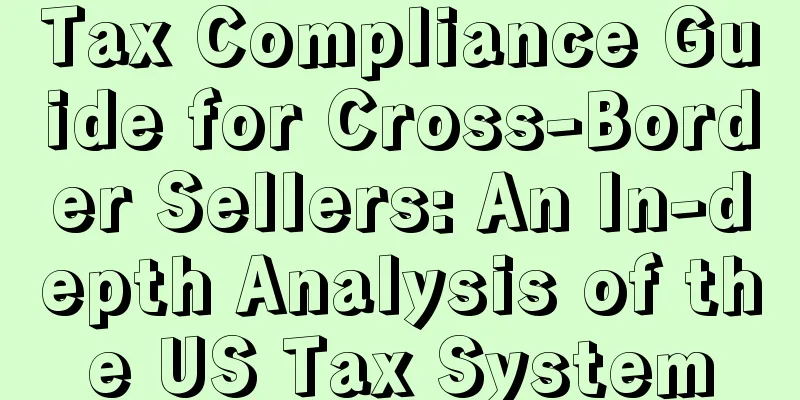What is transit tariff? Transit tariff review

|
Transit Duties, referred to as "transit taxes", also known as "passage taxes". It refers to a tariff levied by a country's customs on foreign goods that pass through its national border or customs territory and are sold to a third country. Transit taxes were first created and popular in European countries. Its purpose is to increase the country's fiscal revenue. Chinese name Transit Duties Foreign name Transit Duties Concept The purpose of levying transit tariffs is to increase fiscal revenue. 1. Concept The purpose of levying transit tariffs is to increase fiscal revenue. With the development of international trade, especially the improvement of transportation conditions, the General Agreement on Tariffs and Trade has abolished transit tariffs of each member through an agreement. According to Article 5 of the 1994 General Agreement on Tariffs and Trade, except for some service management fees for transit goods, transit tariffs should be exempted. 2. Features The imposition of transit tariffs can not only increase the country's fiscal revenue, but also transfer the tax burden to the exporting or importing country, affecting its competitiveness in the international market. The characteristic of transit tariffs is that the tax rate is relatively low. This is because: (1) If the transit tax rate is too high, the price of transit goods will inevitably rise significantly, which will not only seriously damage the economic interests of the exporting and importing countries, but also the transit goods will be reduced due to excessive taxation, thereby reducing transit tariff revenue. (2) If a country imposes too much transit tariff or the rate is too high, it will inevitably lead to retaliation from other countries, which will hit the country's export trade. Therefore, levying transit tariffs at a low level is not only convenient for others, but also creates good trade conditions for itself. It is based on these considerations that the General Agreement on Tariffs and Trade clearly states that transit tariffs should be eliminated between contracting parties.
III. Development In the era of mercantilism, European countries once imposed taxes. If a country is located at a transportation hub or a major transportation route, levying transit taxes becomes the most convenient and abundant tax source for the country. However, transit taxes increase the cost of foreign goods and hinder the development of international trade. After the development of world transportation, levying transit taxes will force them to change their routes. Allowing foreign goods to transit can increase the country's transportation revenue and is conducive to the development of the country's transportation industry and related service industries. The benefits in these aspects are much greater than the fiscal benefits of levying transit taxes, and are conducive to the development of international trade. Therefore, in the second half of the 19th century, countries successively abolished transit taxes. In 1921, the League of Nations held an international conference on free transit in Barcelona, Spain. The conference decided that participating countries should not impose any taxes on transit goods. Article 5 of the General Agreement on Tariffs and Trade signed in 1947 also stipulates the principle of free transit. Its third paragraph stipulates: "Contracting parties may require transit transportation through their territories to be declared at appropriate customs; however, except for failure to comply with applicable customs laws and regulations, such transit transportation from or to the territories of other contracting parties should not be subject to unnecessary delays or restrictions, and it is exempt from customs duties, transit taxes or other costs related to transit, but transportation costs and administrative expenses equivalent to the costs and expenses of providing services incurred in transit are not limited to this." Therefore, few countries have levied transit taxes. References |
<<: What is UEESHOP? UEESHOP Review
>>: What is export tax? Export tax review
Recommend
Nearly 2 million yuan loss is paid by the seller? Another Shenzhen freight forwarder went bankrupt!
▶ Video account attention cross-border navigation ...
How to quickly improve keyword rankings? These methods can improve 150%
"The product is obviously not priced high and...
What is Bluebird Overseas Warehouse? Bluebird Overseas Warehouse Review
Bluebird Overseas Warehouse is dedicated to provid...
What is YDH? YDH Review
Yida International Logistics (Shanghai Yida Intern...
The epidemic in the United States is difficult to control, and foreigners are actually retaliating against Amazon sellers in this way!
Foreigners' satire on the Chinese has been goi...
Prime Day 2.0 is coming? Sales growth bottleneck, Amazon is also anxious...
▶ Video account attention cross-border navigation ...
What is BIGO Ads? BIGO Ads Review
BIGO Ads is an advertising platform that provides ...
Another best seller is coming soon? Response to Amazon’s account suspension: No violation!
▶ Video account attention cross-border navigation ...
30-year-old Buddhist operator, confused about the future
Source: Know Nothing Author: AlexSpaceX Alas, I j...
Import volume has dropped significantly, and container congestion and backlogs in the United States have basically disappeared
Congestion at major U.S. container ports has larg...
What is Parachute? Parachute Review
Parachute is an Internet home furnishing brand ded...
TikTok's revenue exceeds 100 million yuan. How can sellers use this platform to advertise? (Part 2)
<span data-shimo-docs="[[20,"4、控制广告支出、排期及目...
What is Japan Post (japanpost.jp)? Japan Post (japanpost.jp) Review
Japan Post was founded in 1871. The postal service...
Big news this week! Amazon restricts third-party sellers from using FedEx Ground
Amazon tests merging reviews from multiple sites ...
Comprehensive ban! 6 million sellers failed in Indonesia
On September 26, Indonesia's social e-commerce...









